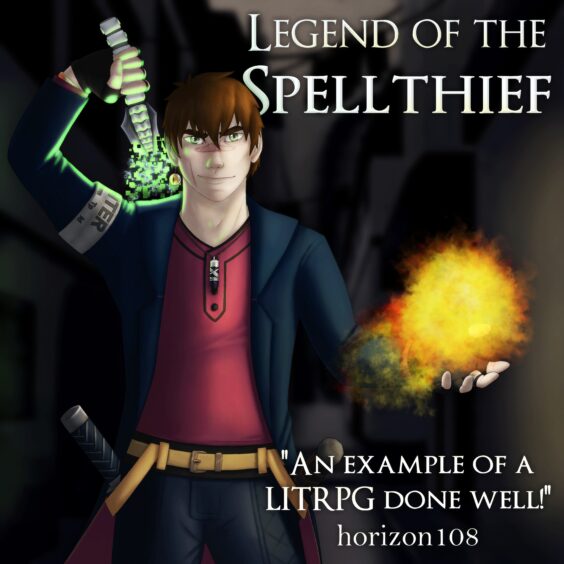“The game considers its inspirations’ systems, and combines them in a way that works, but only finds a few significant additions to extend the overall package.”
Texel Raptor must feel that they have a lot to prove with Parkitect. Not only is it their initial springboard into the gaming arena through Steam Early Access, but right now its competition is rife. The theme park sim is exploding back onto our screens, with both ATARI and Frontier also bringing out their own high-profile titles following their successful collaboration on Roller Coaster Tycoon 3. This makes the small indie title very much the new kid on the block, but it is coming out guns blazing, that much is for sure!
The developers are clearly confident in their new game, with the marketing materials being very strong and suggesting to fans that this is the game that they really want to play. Everything points to the game being a perfect Theme Park and Roller Coaster Tycoon hybrid, with particular similarities to the initial two games of the latter franchise. Classic theme park sim fans will no doubt already be hooked by seeing this, but the best thing is, the marketing is actually true.
When placing down my initial few rides and booths, I did feel like I was experiencing Theme Park again. The colours and style, as well as the staff and ride management, very much reminded me of those good old days. Then I came to do some customisation and build my first coaster and suddenly it was Roller Coaster Tycoon all the way. Putting these two games together is something of a dream for many theme park sim fans, and they will certainly appreciate the clever move. The question then of course is what does Parkitect have to offer that is new and its own?
The answer to this, at least at this very early stage, is very little. Differences are clearly there; the rides are uniquely designed for the game, as are the models for decorations, visitors and the environment. In design terms, the property is all Parkitect’s own. In terms of new features and ideas on the other hand, there are only a few that to marvel at. The game considers its inspirations’ systems, and combines them in a way that works, but only finds a few significant additions to extend the overall package.
One new feature which the game offers is blueprints. These allow you to construct impressive features within your park that would otherwise take a long time to conceptualise and create. This includes structures such as a castle for example, which is not only visually impressive but also practical. You can place stalls and booths within the castle area, creating a communal location for services in your park. It also makes the park as a whole more visually interesting, offering an aside from the endless pathways packed with rides and structures.
Another very useful feature of the game is transport, and this makes a significant difference in parks with heavy traffic. These are built in a similar way to coasters, and include options such as trains and monorails to help you get your visitors around. If your park is getting big and the paths are getting packed, using this transport can really help with getting visitors around quickly and making sure they visit all areas on their trip. What’s more, you can also charge to use it if you wish, so there is the possibility of a monetary benefit too.
A final feature which deserves a mention are the various overlays which can be applied when monitoring your visitor’s moods. As well as the traditional method of clicking on individual visitors or rides to see people’s thoughts on the park, you can also get general pictures by changing the overlay of the full scene. These include options to see how people are getting around or to identify how happy people are, among others. These are super useful as your park grows and you need to decide where improvements can be made next. A simple idea, but a very worthwhile addition to the game, this is one of my favourite new features when playing Parkitect.
I really like Parkitect, and I can see myself playing a lot of this game as it progresses. Right now though it is quite limited, both in its overall contents and the things which it does that are genuinely new to the genre. My hopes are high for this game’s future, but it is worth noting precisely what is on offer before you buy. The price will no doubt suit the package better as content is added and updated, but at this very early stage there is still work to be done for the game to fully match its suggested value. One to watch but maybe one to wait to buy unless you are a true enthusiast, I predict much future success for this title.
The Good:
- The perfect hybrid of the classic Theme Park and Roller Coaster Tycoon games.
- Inspired features such as visitor thoughts and park management options have been wisely utilised in the game.
- Well designed visuals for rides, coasters, structures and decorations.
- Blueprints feature allows you to create impressive structures to make your park look that little bit different.
- Transport for your park helps to get people around all areas as you grow.
- Overlays provide a great representation of happiness and movement of visitors, allowing you to plan for future growth.
- Easily stands up to the recent Early Access release from the Atari camp.
The Bad
- Borrows heavily from the games which have inspired it and (at this early stage) lends only a few of its own ideas to the mix.
- Limited content and features at this early stage.
- The price does not match the content right now, but may as the game grows.












You must be logged in to post a comment.